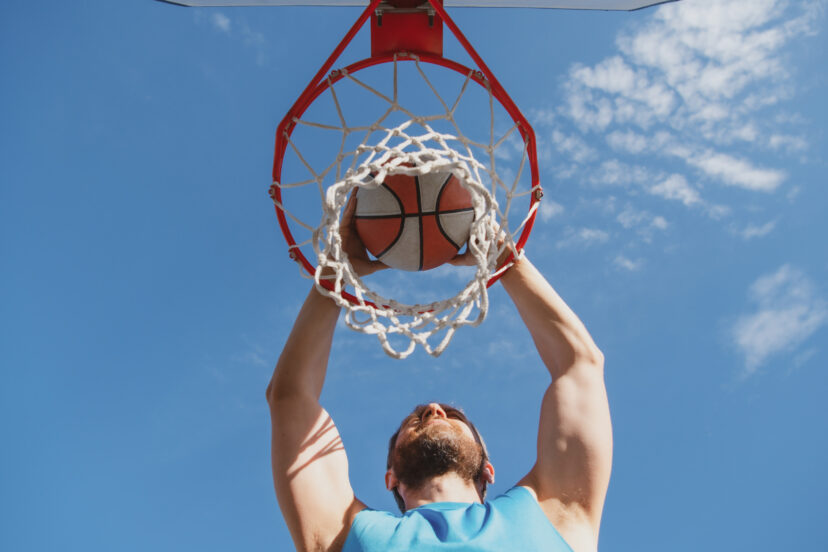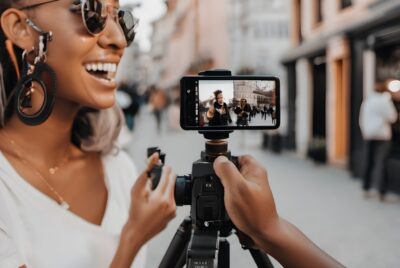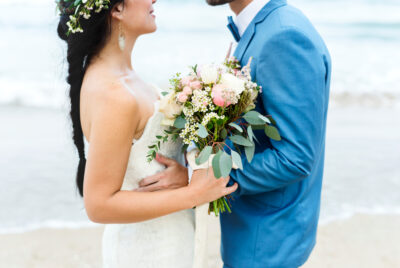Sports Photography
Ever felt that rush when you click the shutter just as a soccer ball rockets into the goal or when a sprinter hits the finish line? That’s sports photography for you—fast, exciting, unpredictable, and absolutely addicting. I’m here to share everything I’ve learned over the years about capturing sports, from gear to game-day strategy. Let’s jump right in!
What Is Sports Photography?
At its core, sports photography is all about freezing dynamic action. You’re not just taking pictures—you’re capturing history in milliseconds. Whether it’s pro football, street basketball, or skateboarding tricks, the challenge (and fun) lies in telling a story through movement and emotion.
>> See the full range of camera kits HERE <<
Why Sports Photography Is So Thrilling
Let me tell you—there’s nothing like the heart-pounding excitement of chasing action with your camera.
Capturing Action in Real-Time
You’re tracking split-second moments that can never be repeated. One click too late? Gone forever. That pressure is part of the magic.
Storytelling Through Movement
Every player, every game, every move tells a story. Your job? Be the narrator with a camera in hand.
Emotion, Energy, and Adrenaline
From victory roars to heartbreaking defeats, sports are packed with raw human emotion. That’s what makes your shots powerful.
Types of Sports Photography
Depending on your interests, you can specialize or explore different types of sports coverage.
Professional Team Sports
Football, baseball, basketball—you name it. Fast-paced and structured, with credentialed access (eventually).
Youth and Amateur Sports
A great place to start. Local leagues are full of action and storylines, plus they’re always happy to have a photographer around.
Extreme and Adventure Sports
Think BMX, surfing, skateboarding. These are high-risk, high-reward genres, often shot outdoors with lots of movement.
Indoor vs Outdoor Sports
Indoor lighting is tricky—expect challenges. Outdoor sports give you natural light but demand faster reactions due to longer distances and higher speed.
>> See the full range of camera kits HERE <<
Essential Gear for Sports Photography
Don’t worry—you don’t need to drop thousands right away. But a few smart gear choices go a long way.
Camera Bodies
Look for fast burst rates (at least 8-10 fps), quick autofocus, and great low-light performance. I’m talking Canon R6, Sony A9, Nikon Z9—those kinds of beasts.
Telephoto Lenses
A 70-200mm f/2.8 is a go-to classic. Longer primes like 300mm or 400mm are ideal for big fields. And if you’re on a budget? Try a crop sensor with a 55-250mm lens!
Memory Cards and Batteries
Shoot RAW + burst mode = memory hog. Carry fast SD or CFExpress cards and lots of batteries.
Tripods, Monopods, and Gimbals
A monopod is your best friend for long lenses—keeps you mobile but stable. Gimbals? Awesome for hybrid photo/video setups.
Protective Gear and Accessories
Weather-resistant gear, rain covers, lens hoods, and a tough backpack make a difference when you’re out in the field.
Settings for Sharp Sports Shots
Your settings can make or break the moment.
Shutter Speed and Aperture
Shoot fast—1/1000s or quicker for action. Aperture? Wide open (f/2.8 or f/4) helps with light and background separation.
Autofocus Modes and Tracking
Use AI Servo (Canon) or AF-C (Nikon/Sony). These modes continuously track movement. Pair it with face or eye-tracking when possible.
Burst Mode and Buffer Management
High-speed continuous shooting is your secret weapon. Just watch your buffer so you don’t miss the moment.
>> See the full range of camera kits HERE <<
Tips for Shooting Live Sports Events
This is where you go from good to great.
Know the Game You’re Shooting
Understanding the sport lets you predict plays. Know where the action’s going so you can be ready for it.
Anticipate the Action
Don’t just follow the ball—think ahead. Anticipate the breakaway, the tackle, the dunk.
Find the Best Angles
Sideline? Goalpost? End zone? Move around early, and find where you can get clean, dramatic shots without clutter.
Stay Invisible Yet Present
Blend in. Be respectful. Your job is to capture, not distract. Also, don’t block anyone’s view—fans or players!
Post-Processing for Sports Photos
Editing brings out the best in your shots.
Culling and Selecting Shots
Shoot hundreds. Keep dozens. Deliver the best. You’re only as good as what you show.
Basic Edits: Crop, Contrast, Color
Tighten composition, boost the contrast, enhance natural colors—especially with uniforms and skies.
Highlighting Emotion and Drama
Look for peak emotion—celebrations, huddles, agony. These are the shots that get remembered.
>> See the full range of camera kits HERE <<
Mistakes to Avoid in Sports Photography
Here are a few rookie errors to dodge:
Relying Too Much on Zoom
Zooming can make you lazy. Get closer when you can. Frame intentionally instead of just cropping later.
Not Preparing for Lighting Conditions
Indoor gyms? Nightmare lighting. Plan for high ISO or bring a fast lens. Don’t just wing it.
Ignoring Composition in the Heat of the Moment
Rule of thirds, leading lines—they still apply. Compose with care, even if you’re in the middle of chaos.
Building a Portfolio as a Sports Photographer
Want to go pro? You’ll need a solid portfolio.
Shooting Local Games and Events
This is where you cut your teeth. Community games are perfect practice grounds—and you’ll build relationships fast.
Reaching Out to Teams and Athletes
Offer free sessions or game-day coverage. Build value and network. Word spreads when your work’s good.
Sharing on Social Media Strategically
Use platforms like Instagram to showcase high-energy highlights. Tag teams, athletes, and sponsors. Let your work do the talking.
Conclusion
Sports photography isn’t just about snapping pictures—it’s about passion, precision, and being part of the game in your own unique way. With the right gear, some know-how, and a ton of practice, you can start freezing those epic moments like a pro. Remember, every great sports photographer once missed their shot too—so keep shooting, keep learning, and keep chasing that perfect frame.
>> See the full range of camera kits HERE <<
FAQs
1. What’s the best beginner camera for sports photography?
Try the Canon R7 or Nikon Z50. Fast autofocus and great burst rates make them solid entry-level choices.
2. Do I need a telephoto lens for sports photography?
Yes, especially for field sports like soccer or football. A 70–200mm is a great all-around lens.
3. What shutter speed is best for freezing action?
Start with 1/1000s and adjust based on the sport’s speed. The faster the action, the faster the shutter.
4. Is it okay to use auto mode in sports photography?
You’ll want more control. Try manual with auto ISO, or shoot in shutter priority mode if you’re just starting.
5. How do I get access to photograph professional games?
Build a portfolio first, then reach out to media outlets or local teams for press credentials.
Further reading
Check out our other relevant articles:




